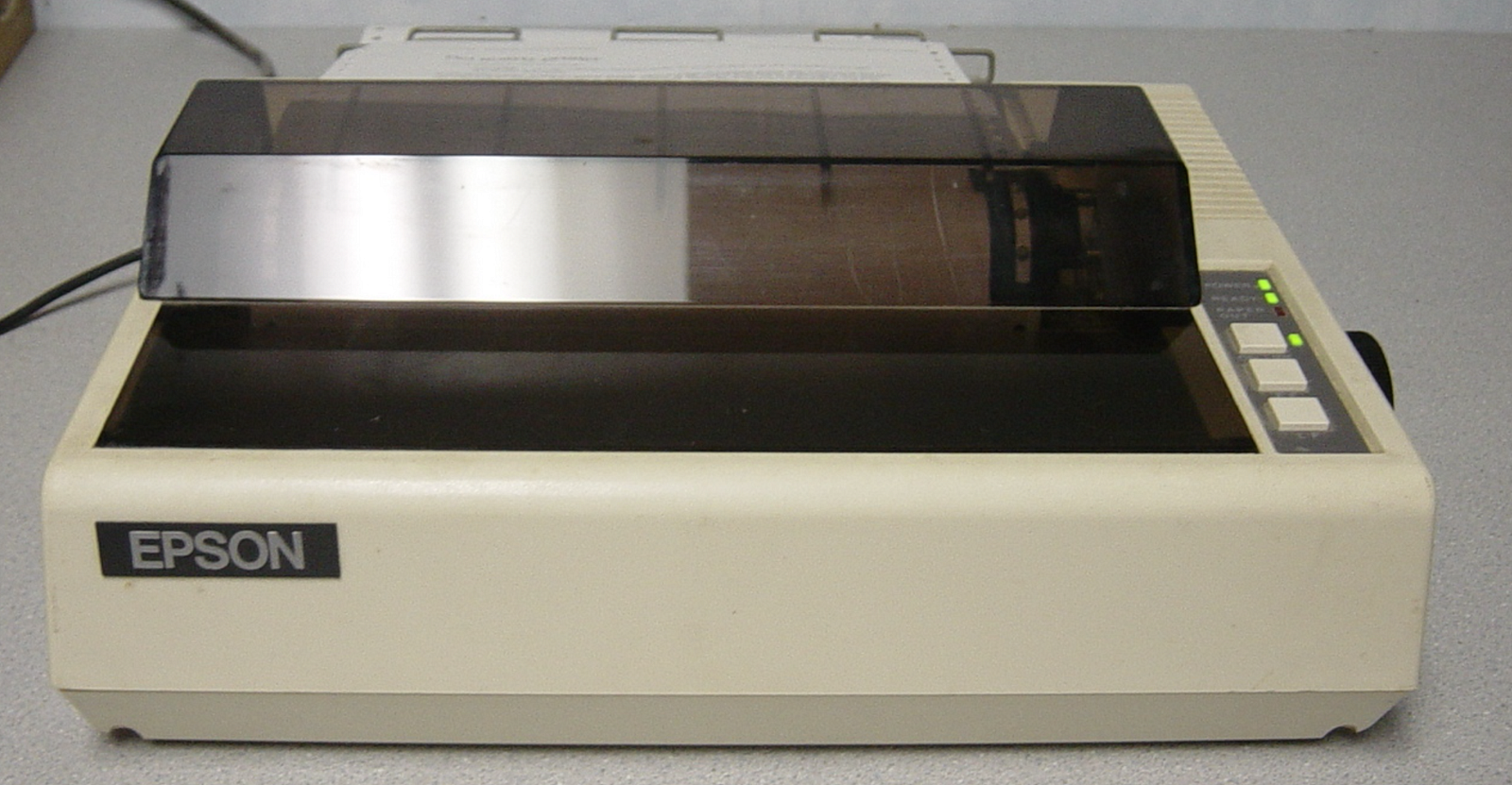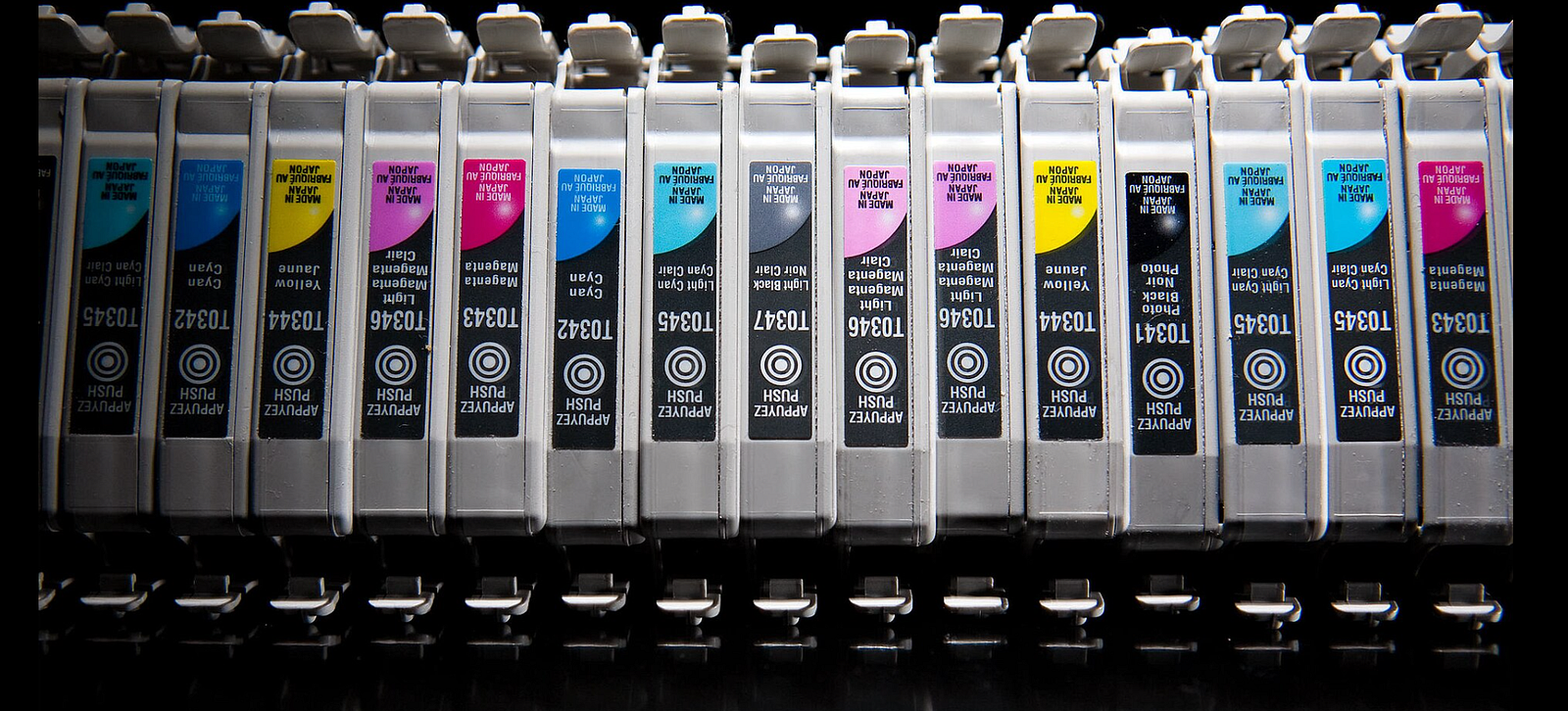What The Tech?! Print Technology
If you aren’t a medium member, you can read with no paywall via substack
Today, we live in the Age of Information, but it hasn’t always been this way. While the printing press provided the first steps towards the true information age, it would take the internet and a revolution in mainstream technology to take our journey further. Of course, we also went through inkjet and if you’re particularly old, dot matrix printing technology as well. Today, we’ll take a walk back through the printing technology of earlier days that helped bring us to today's, hyper-connected world. Let's get started!
The First Steps
It’s fair to say that before the invention of the computer and printer, written literature was far less common. Before this though, the printing press was the king of its day. Providing ways to record religious texts, scientific documents and governmental paperwork, the printing press helped establish one of the traits that are fundamental to humanity, namely the ability to accurately notate, record and distribute information.
While we rightly think of the electronic printer era as late-world technology, the truth is that the printing press is surprisingly old-tech, all things considered. However, in its day, it was cutting-edge technology. Wood blocks and all! Historical work is carried out to this day, focusing on restoring older, woodblock print designs.  Movable type printer used to print early books. Source: Wikipedia.
Movable type printer used to print early books. Source: Wikipedia.
These early designs were pretty simple though. While they’d typically feature adjustable type (a revolution at the time) they were rudimentary in design, with little in the way of mechanical parts. This made printing a labour-intensive job and restricted the types of work that were able to be printed however, like many other things in the world of technology, this would eventually change with the implementation of new designs.
Eventually, these designs hit the mainstream and some of the improvements included metal designs, mechanical implementation and the ability to use new and improved printing ink types.  The Gutenberg Press introduced several new technological advantages at the time. Source: Wikipedia.
The Gutenberg Press introduced several new technological advantages at the time. Source: Wikipedia.
The peak of early technology would have been the roller press design. Providing reasonably good performance and having the ability to work from large, circular spools of paper, the roller press was one of the last of the manual-type designs used before the world started to lean toward digital.
The roller press was able to work with millions of pages each day, allowing for the consumption of things like newspapers to be distributed on the day and it would also be responsible for a phrase entering the English language. Something “Hot off the Press” was deemed to be newsworthy and referred to the thermal process used by the roller press for efficiency.
Bye Bye Analog
While the roller press was extremely efficient, one of the biggest drawbacks affected every one of these earlier systems and it focused on one thing. Size.
Early systems, at the scale we’re discussing are obviously commercial designs that are being used to print millions of pages each day. The drawback to these systems is that for business and office environments, they simply weren’t suitable.
We’ve talked much about wartime progress and how some of the civilian designs we’re used to were influenced by this journey and the reality is, printers are no different. Needing microprocessors, printed circuit boards and other advanced technologies to function, this technology would start to mature in the 50’s, where eventually it would start to boom with the new era of professional computing. Eventually, it would hit its stride in the era of personal computing too but…that’s a story for the next section. 
The first big hit came with the early, dot matrix style designs. Released in the fifties and promising a revolution over the punch cards of old, these were large, noisy devices that needed patience and finessing to work correctly. However due to meeting the right point on both ease of implementation, versatility and more importantly, price, these systems ran reliably through the 70’s and 80’s despite the later inkjet designs becoming more common as technology became smaller and more reliable.
Despite being an older system, its overall design means that it’s actually still pretty relevant in today's world too. Cash registers, ATMs, and point-of-sale systems all continue to use dot matrix printers due to their long life, reliability and simplistic design.
One last fun fact about the early dot matrix designs is that due to the printing process, mechanical pressure is used. This meant the dot matrix printer was able to print carbon and carbonless copies with no modifications required. An extreme plus for the business world!
Something More Modern
While the ability to print in duplicate meant the dot matrix would soldier on for far longer than expected in some industries, the technology boom around personal computing into the ’80s and '90s meant that inkjet designs would become much more common. While the reasons for this were many, two important factors that contributed to this were the increase in overall print quality compared to earlier technology, and the ease of use around setting up and using systems in a home office.
Earlier printers would typically use serial ports and the evolution of the USB standard made it easier for manufacturers to create plug-and-play technology and minimise the issues around having to install drivers and other proprietary software.
Interestingly enough, the technology around inkjet printers was developed around the same time as the earlier dot matrix, occurring in the 1950's. However given it was a more complex design that was more expensive, it would take the miniaturisation of electronics, better quality inks and more advanced print head coatings to bring the inkjet into mainstream use.  Inkjet cartridges are pretty recognisable. Source: Wikipedia
Inkjet cartridges are pretty recognisable. Source: Wikipedia
The peak of this occurred in the 1980’s and 90’s and when it hit, it hit hard. Earlier tech was noisy and cumbersome. It was impossible to have a dot matrix working and not hear it howling away. Whereas the inkjet designs were an instant hit in workspaces due to their seemingly whisper-quiet noise levels in comparison to dot matrix systems.
However, it wasn’t all glamourous. Inkjet designs would eventually lead to one of the most controversial decisions in the technology age. The microchip-equipped printer cartridge. You’d have to be living under a rock to have missed this one, but we’ll give it a short breakdown anyway.
Once the microchip era took hold it became easier for integrated circuits to be fitted in all manner of devices. One of these devices was the extremely common inkjet cartridge.  The controversial, cartridge chip. Source: Wikipedia
The controversial, cartridge chip. Source: Wikipedia
These chips were designed to report the status of the cartridge back to the manufacturer and also look for refilled cartridges, counterfeit cartridges and other breaches of proprietary products. Eventually, you’d even find that some manufacturers gave their cartridges “expiration dates”. When these benchmarks were met, the printer would shut down and refuse to work. Obviously, for most people, this was deemed as a slap in the face, and despite the controversy it entailed, for some manufacturers, chip-equipped cartridges remain to this day.
Thankfully, some other manufacturers chose to not go down this route, so you can still find some chip-free printers available if you’re willing to look. Players like this were the real MVPs for small businesses and the home office.
Laser & The Future
While each generation of print technology provided incremental improvements to print quality, noise and printer life, it would take the integration and refinement of laser printing for the technology to start to peak. Using a laser that passed paper over a roller and used heat and toner to affix it, laser printers were cheap to run, provided quality printing works and were useable at high speed in comparison to the printers of old.  Laser print head design. Source: Wikipedia
Laser print head design. Source: Wikipedia
While the laser jet was originally designed in the late 60’s it would take a slight upgrade to the design before it was ready to be implemented in the mainstream in the ‘70s. Like many computer systems, it was the commercial world that benefited first and given they were the dominant force in computing at the time, it was IBM who had the first product hit the market. Known as the IBM 3800, the printer was a high-speed laser printer designed to work at a high-duty load in commercial data centres attached to mainframe systems. 
A revolution at the time, the 3800 used a parallel port (peak tech for the time), had the ability to use 13 different font types and even proved capable of printing forms and box type outputs for data management. At its peak there were over 10,000 IBM 3800s in service and this workhorse ran all through the 90s, finally being retired in 1999 just prior to the new millennium.
The laser format was a bonanza for small offices and other Xerox-type printing systems. Manufacturers used the equipment en masse for the commercial world and eventually, like most other pieces of technology some of this started to filter down into the world of home & personal computing as well.
While the inkjet system remains a cheap and affordable system for most home offices and setups, the laser printer becomes the go-to option for avoiding the restricted print cartridges and providing more flexibility over both ink and paper types. Ricoh, Brother, HP and Epson all provided laser jet systems designed to cater to the needs of the home office or busy professional.
As print technology improved, the risks around counterfeiting and copywriting also increased. While early printers were incapable of printing to the standard required, the evolution of laser-based systems meant that this problem was soon relegated to the past. So, in the interests of crime prevention, we saw manufacturers add a little-known, but very effective security measure.
Known as steganography, the tactic uses small, binary-encoded dots that print on any job in a small, barely visible manner. Using these dots, it’s possible to track the printer manufacturer, serial number and other relevant information that’s able to assist in the tracking of counterfeit design attempts.
Given it uses yellow ink for the encoding, we can now answer one of the great mysteries around modern printing methods.
Which is, Why can’t we print in black and white when we run out of colour ink? Now, the secret is out!
Medium has recently made some algorithm changes to improve the discoverability of articles like this one. These changes are designed to ensure that high-quality content reaches a wider audience, and your engagement plays a crucial role in making that happen.
If you found this article insightful, informative, or entertaining, we kindly encourage you to show your support. Clapping for this article not only lets the author know that their work is appreciated but also helps boost its visibility to others who might benefit from it.
🌟 Enjoyed this article? Support our work and join the community! 🌟
💙 Support me on Ko-fi: Investigator515
📢 Join our OSINT Telegram channel for exclusive updates or
📢 Follow our crypto Telegram for the latest giveaways
🐦 Follow us on Twitter and
🟦 We’re now on Bluesky!
🔗 Articles we think you’ll like:
- Software Defined Radio & Radio Hacking Pt 1
- OSINT Investigators Guide to Self Care & Resilience
✉️ Want more content like this? Sign up for email updates







































